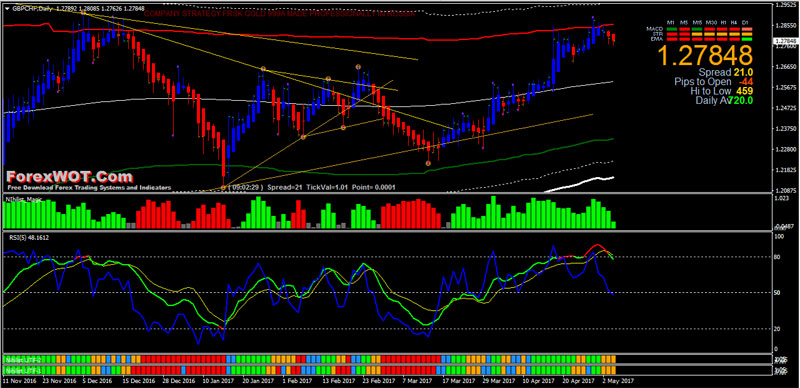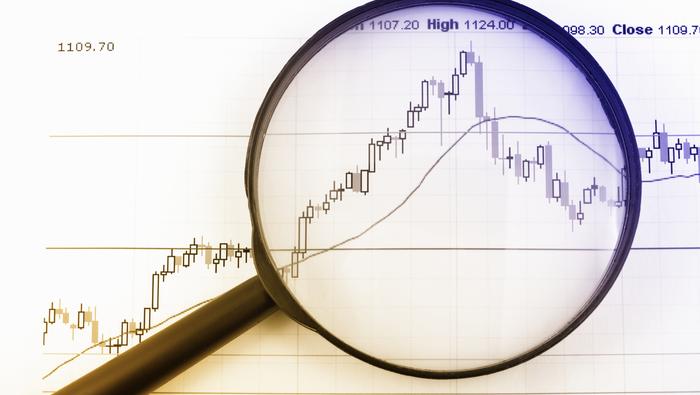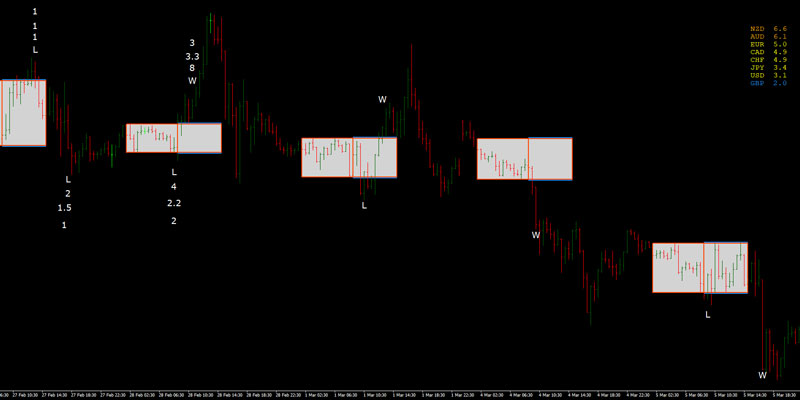In the world of stock trading, a technical indicator known as triangular moving average works in a manner similar to that of other moving averages. The TMA displays the average price of an item across a certain number of data point, often several price bars. This may also be referred to as the mean price. On the other hand, it is not like the others since it has been double-smoothed, which is synonymous with averaged twice.
Calculating a triangle moving average may use many different types of input data, including price data, volume data, or other technical indicators. The price of an asset is where you'll most often see a triangle moving average put to use. A moving average is drawn on top of the price bars shown on a chart. It is also possible to overlay the volume indication if it is being applied to volume, as well as any other indicator that the trader chooses to use.
Uses
A line on your chart produced by a triangle moving average would not respond as fast to changes in price as a line produced by a simple moving average would. This is because the triangular moving average aims to double-smooth the price data. Depending on what the TMA will be used for, this might be a benefit or a problem for you. When market circumstances are turbulent, the TMA will not respond rapidly, so the time it takes for your TMA line to shift direction will be longer. If you want to use the TMA as a trading signal, then you should be aware that the TMA may respond too slowly.
However, the TMA's delays might sometimes work to one's advantage. Because of this, if the price changes within a relatively narrow range, the TMA won't respond as strongly, indicating that the trend hasn't changed. It will require a more prolonged shift in the price before the TMA will modify its course of action.
The TMA is not the moving average to use if looking for one that reacts rapidly to changes in price. If you are searching for a moving average that is more responsive, you should probably look at a front-weighted moving average, EMA, or even a simple moving average (SMA). If looking for an indication that does not respond as strongly or as often to shifts in price, the TMA is a decent option to consider.
Calculation
The triangular moving average, often known as the TMA, is calculated by taking the average of the most recent N prices (P). To begin, compute the simple moving average, often known as the SMA. Then, to determine the TMA values, take the average of all SMA values. A different way of expressing the TMA is as follows: TMA = SUM (SMA values)/N

Trading software and charting tools will do all the necessary calculations for you, so you won't have to do any of them yourself. A TMA indication is not available on all charting systems. Launch a chart and go to the indicators menu to determine whether or not yours does. Look up "Triangular Moving Average" on the internet. If it isn't there, you may try applying a regular moving average (MA) and then go into the setting for the MA to see if you can alter its calculation to a triangular one.
If it isn't present, you can try changing it to normal. In addition, the TMA may be referred to on certain platforms as the "Moving Average Triangular" or the "MovAvgTriangular." You also have the option of applying an SMA (1) to your chart and then applying an SMA (2), which takes the SMA (1) as its input. This is still another approach.

Conclusion
A TMA is an average of an average, which, when plotted on a chart, results in a line that generally travels in waves that are steadier and longer than those produced by an SMA. The computation for the TMA is the SUM of the values obtained from the SMA, divided by the whole number of periods for which you want to get an average. Compared to other moving averages, such as the EMA and the SMA, the TMA has a slower response time to changes in price. It may keep you in a trend for a longer period, resulting in more earnings. However, when the trend changes, the TMA may respond slowly, resulting in lost earnings for you.



